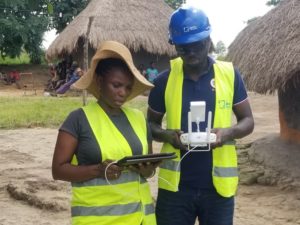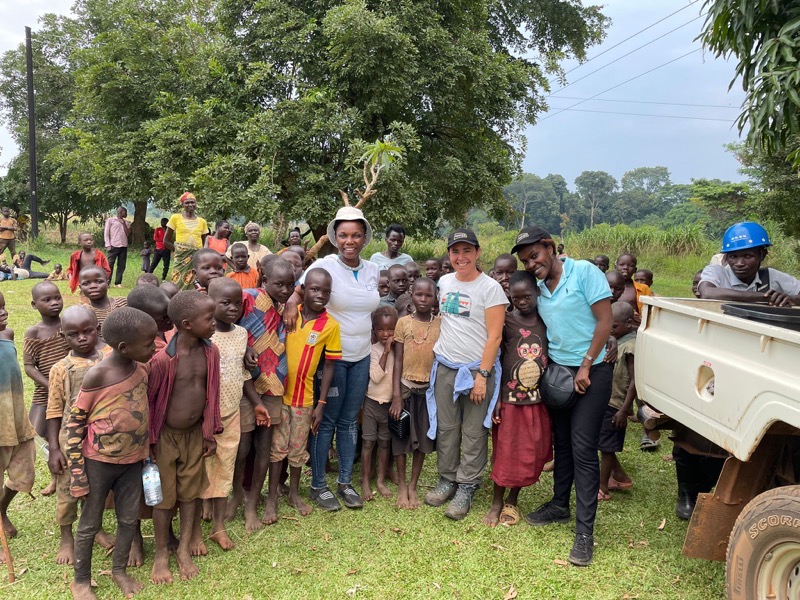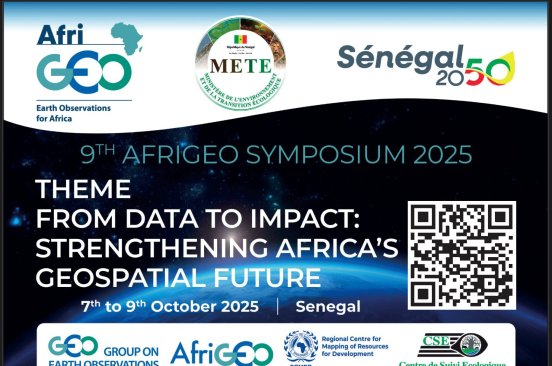
In Uganda, Discovering the Forest for the Trees
Uganda Flying Labs welcomed the opportunity to support the vital cause of ecological analysis through tree monitoring in forests in Masindi.
October 19th, 2022
By Tinah Mutabazi, Uganda Flying Labs
In recent years, I have always considered a forest to be a collection of trees, regardless of how they're planted, until I connected with ecological experts who made me realize the error in my perception. In partnership with the Jane Goodall Institute, Restorer Eco highlighted my ignorance, thanks to Dr. Daniella Schweizer. Dr. Schweizer is passionately involved in forest restoration in many countries, including Uganda, using many technologies, including drones.
 Uganda Flying Labs welcomed the opportunity to support the vital cause of ecological analysis through tree monitoring in Masindi forests sub-county Kasenene and Nyamtonzi using DJI M300 with P1 RGB and LiDAR camera and P4 multispectral to capture the forest data. The purpose of the project was to assess canopy cover, canopy height models, and terrain models. In addition, the LiDAR camera data supported forest structure and diversity.
Uganda Flying Labs welcomed the opportunity to support the vital cause of ecological analysis through tree monitoring in Masindi forests sub-county Kasenene and Nyamtonzi using DJI M300 with P1 RGB and LiDAR camera and P4 multispectral to capture the forest data. The purpose of the project was to assess canopy cover, canopy height models, and terrain models. In addition, the LiDAR camera data supported forest structure and diversity.
Some of the outputs from the project activities were geared towards wildlife and vegetation species, sounds of wildlife, humans, and birds using bioacoustic gadgets and cameras. I was ecstatic with the fuse of terrestrial robots, mobile apps, and UAVs for the project; it made the datasets rich. This enabled the team to ascertain tree crown delineation, monitor planting pledges, and estimate tree density and health.
The week was filled with excitement that we had finally managed to secure permission with CAA and other authorities for the hearty project that equally brings better livelihood for the community to address some of the issues that have been a vehicle for climate change. Being the first week of August, we were sitting on the edge because the skies were constantly pregnant with heavy dark clouds. However, the determination to complete flying tasks was accomplished because the rains were minimal during our work time in the five days as we toyed between Hoima-Masindi. That was grace!!
Hence Restorer Eco will share the data on their platform after manipulating it with machine learning (ML) and artificial intelligence (AI) applications to display various interactive maps.
Now I know the difference between a plantation and a forest. The dense collection of indigenous trees that cover a large area and is a habitation of other living species, including the irritating insects to the eyes and snakes, is a forest. We also searched for chimpanzee nests to enhance the work for JGI by using terrestrial robots and drones.
On the contrary, I understood that the vast tree plantations and corporations gain access to and control forest land and resources, often depriving communities of their means of subsistence. Usually, they negatively impact the cultural and biological diversity of the area.

Plantation forests, typically consisting of one or a few tree species, are grown as even-aged monocultures, intensively managed, and harvested on relatively short rotations. These characteristics raise concerns that plantation forests may negatively impact forest biodiversity.
After working with the team from Restorer Eco and Jane Goodall Institute, I realized how much the community needs our technology to mitigate the challenges presented by climate change. And, of course, discovering a forest's true definition was an addition to my knowledge empowerment.
Category(s)
Recent Articles
View All »

Wildfire Assessment and Web Application in Sao Paulo
